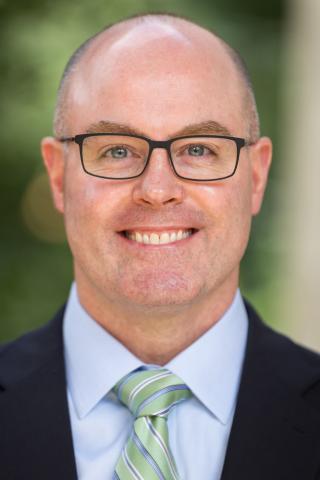Build Financial Assets for Low-income Households by Sponsoring IDA Programs
Tyler Mulligan is a School of Government faculty member. This post is part of a series that highlights approaches described in a School of Government web guide on asset-building strategies for individuals and communities on the economic margin. Market-based economies are characterized by boom and bust cycles. Since the Great Depression, every decade has seen at least one economic recession. Regardless of the size of the recession, individuals on the economic margin are among the most vulnerable to recessionary effects. This vulnerability stems in part from the fact that groups on the economic margin lack the assets and savings to weather a financial storm. Households with more savings are better equipped to handle tough times and stay out of poverty. For this reason, anti-poverty efforts have begun to include asset-building components that help low-income households build and retain financial assets for the long-term. But there is another reason to help households build financial assets. Evidence suggests that owning assets changes outcomes for low-income households, enhancing educational attainment, health outcomes, and local civic participation, among others. This is not a pipe dream. Research indicates that low-income individuals—with the proper supports and structured opportunities—are capable of saving money and building assets. So how can local leaders spur savings and asset-building among low-income households?
One way is through local sponsorship of individual development accounts (IDAs). IDAs are matched savings accounts geared toward low- and moderate-income households to assist them in saving for an investment in a major asset, such as a home, education, or a business. The participant makes regular deposits in the IDA savings account and attends financial education courses. If the savings goal is reached within the allotted time (usually one to four years), the savings will be matched at some multiple—but only if the entire amount is invested in one of the qualifying assets (such as education or a home). The match is paid by a sponsor such as a local government, a regional council of government, a state agency, or a nonprofit. A 2002 report on North Carolina IDA programs, produced by the Center for Urban and Regional Studies at UNC Chapel Hill, recommends that state and local government play an active role in IDA program development. The IDA and Asset Building Collaborative of North Carolina serves as a thought leader in the field and promotes the development of financial asset-building programs throughout the state (see its 2009 report on asset-building programs here). For more information on IDA programs and how such programs relate to other asset-building approaches, see the School of Government web guide on asset-building strategies for individuals and communities on the economic margin (click here for the section on IDAs).



